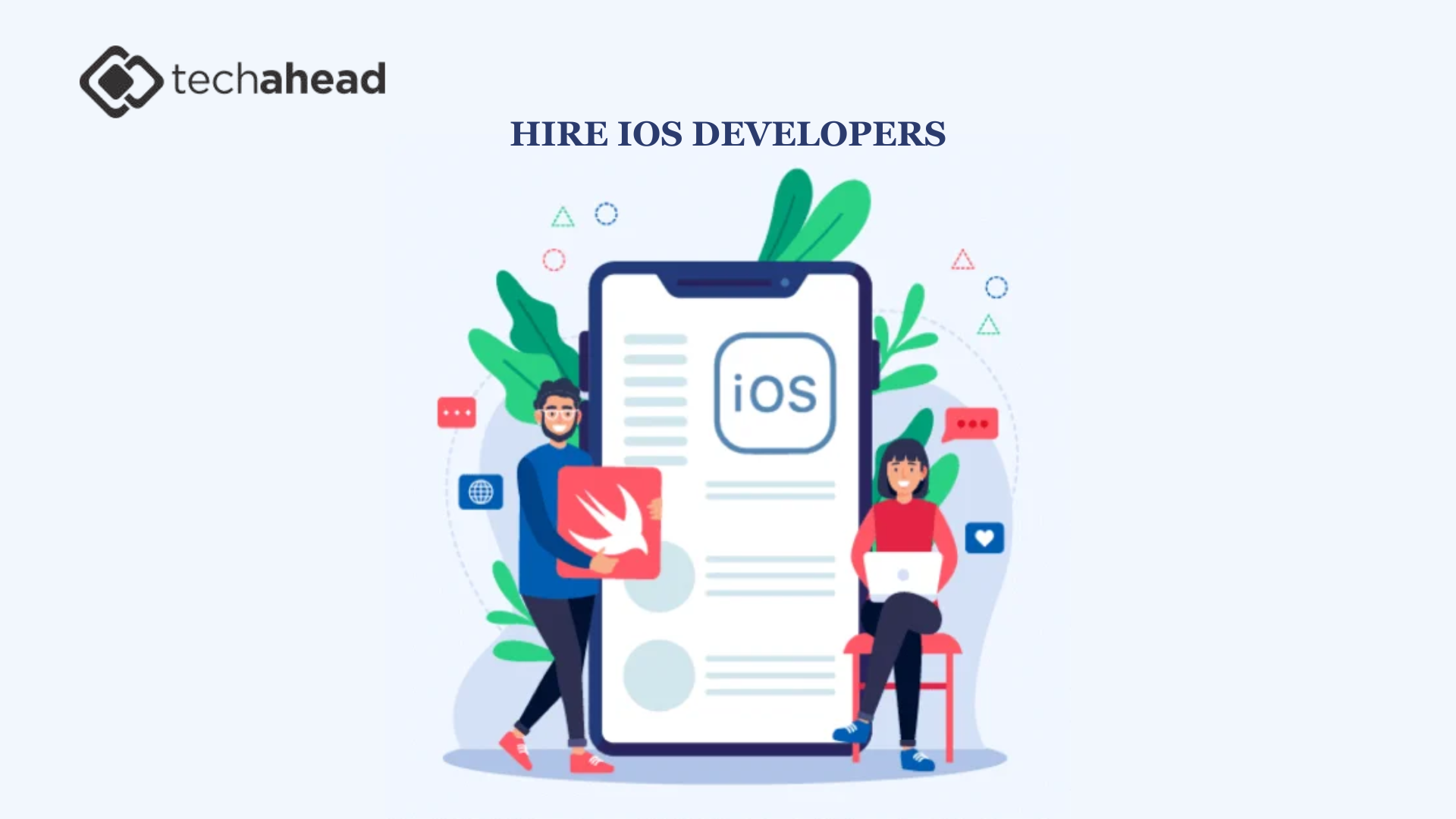What are the Techniques for Reducing JavaScript Bundle Size in React Applications?

Strong 8k brings an ultra-HD IPTV experience to your living room and your pocket.
React is one of the great platforms for building applications that is used by developers. It is an open-source and free JavaScript library that is used for building user interfaces. By keeping in mind the current situation, it has become complex to handle the JavaScript bundle size... If you are using large bundles, then this can slow down the page loads, use more data, and lead to poor performance, especially on mobile devices.
To handle all of these, you may need to learn React.js Js which can only be possible by taking React JS Online Training. This online training can help you learn the basic concepts of React, and you can learn at your own pace from anywhere in the world. This flexibility can always be helpful when you need to learn new skills without disturbing your routine. Then let’s begin discussing these techniques that can help reduce the JavaScript Bundle Size in React Applications:
Techniques for Reducing JavaScript Bundle Size in React Applications:
Here, we have discussed some of the useful techniques that can help reduce the JavaScript Bundle Size in React apps. If you take React JS Training in Noida, this will help you to implement these techniques in practice:
1. Code Splitting: The Starting Point
Code splitting is one of the most effective ways to reduce your app’s initial load time. React’s built-in lazy loading lets you break your app into smaller chunks that load only when needed. Using React.lazy() along with Suspense, you can import components dynamically, keeping the initial JavaScript bundle smaller.
For single-page applications (SPAs), route-based code splitting is especially useful. By loading only the code needed for the current route, you can cut initial bundle sizes by 60–80%, greatly improving first-load performance.
2. Tree Shaking and Dead Code Elimination
Modern bundlers like Webpack and Rollup offer tree shaking—automatically removing unused code. But to make it work well, developers must follow best practices like:
● Using named imports instead of default ones
● Ensuring libraries support ES6 modules
● Avoiding dynamic require() statements
Taking the React JS training in Delhi often focuses on the clean import practices and module structure as necessary for tree shaking success.
3. Dependency Analysis and Optimization
Regularly checking your dependencies can reveal opportunities to slim down your app. Tools like webpack-bundle-analyzer show you exactly which packages take up the most space.
A few proven optimization strategies include:
● Replacing heavy libraries (e.g., swap Moment.js for date-fns or Day.js)
● Using lightweight alternatives like Preact for simple apps
These changes can shave hundreds of kilobytes off your final bundle size.
Conclusion:
From the above discussion, it can be said that effective JavaScript bundle optimization needs an approach that combines code splitting, dependency management, and Tree Shaking and Dead Code Elimination. By applying these techniques in a structured way, developers can improve the application performance without sacrificing code quality or slowing down development. So don’t think anymore and apply in the course today to give your career a new height of success.
Note: IndiBlogHub features both user-submitted and editorial content. We do not verify third-party contributions. Read our Disclaimer and Privacy Policyfor details.







